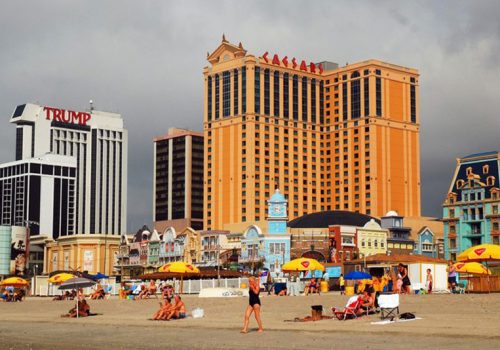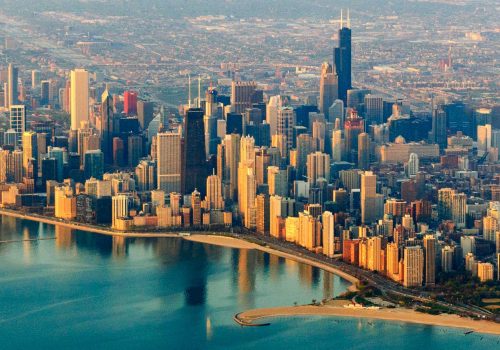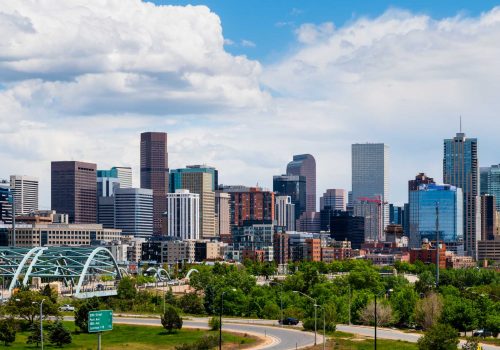4 LITTLE KNOWN BOSTON HISTORICAL SITES
Boston is awash with the historical legends of children’s history books and offers firsthand glimpses into both the American Revolution and life during the time (without any tea, of course). If you’re making your way down the Freedom Trail in search of Paul Revere’s ride, or looking to do something off the beaten path, then these spots are for you.
Scattered around the very walkable town, Boston landmarks and monuments are what make the city unique. It’s not everywhere you’ll find skyscrapers as the backdrop of an old church, or a graveyard in the middle of a city, but Boston is one-of-a-kind. Ever since its humble beginnings as a Puritan colony in 1630, Boston has been making history, much of it still visible today.
Symphony Hall
Outside the Vienna Opera house, this venue may be your best bet for an amazing performance, but did you know the history behind it? Built in 1900 from a model concert hall in Leipzig, this concert hall is one of the best in the world because of its sound design. The leather seats are original, as is the inscription of Beethoven’s name, the only name musicians could agree was worthy of the honor.
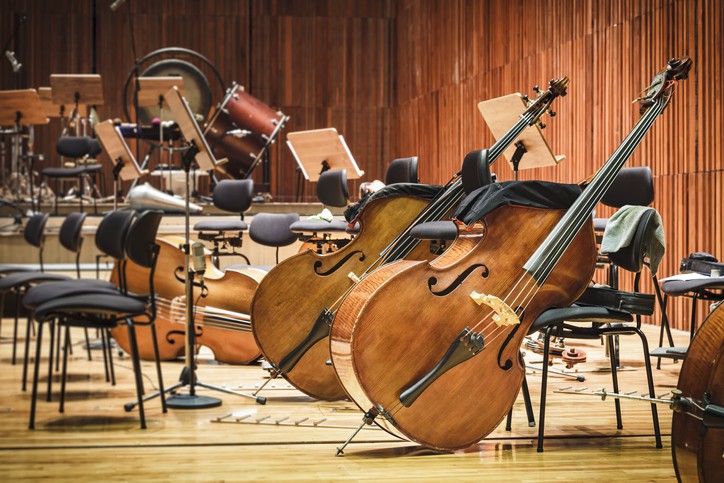
While you’re in town, enjoy a free tour of the space and wander by all 16 Greek and Roman statues along the walls. If you’re lucky, you may hear some practice on the organ complete with over 6,000 pipes.
African Meeting House
In 1806, this former church was built due to rising discrimination against Boston’s African American community. Rising up against tyranny, citizens built their own church that allowed both blacks and whites to worship in the same location. What started as a church became a focal point for the community, offering a school for the disadvantaged youth in the neighborhood and a meeting house for civil activities.
Fredrick Douglass used the house to recruit soldiers for the Civil War, giving the house the name “Black Faneuil Hall.” For a short period of time in the 70s the house was even used as a synagogue after being purchased by a Jewish congregation. Today, it is a historical landmark and home to the Museum of African American History.
St. Stephen’s Church
Don’t let the Old North Church overshadow the New North Church, the former name of St. Stephen’s Church. Like you, people were getting pretty confused, so the name was changed and stands as tall as ever in the North End since its construction in 1802. It is the last remaining church in Boston designed by Charles Bullfinch, the first American architect.
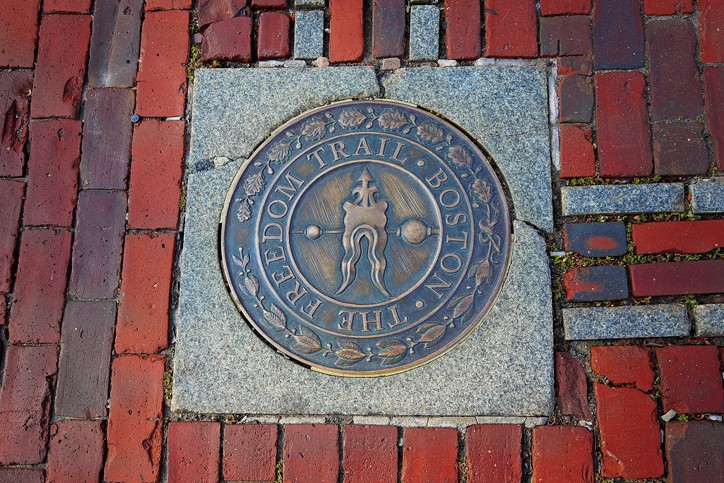
Costing a whopping $26,570 at the time, this “almost” square church was used for different religious sects including Unitarian and Catholic. Today, it remains a Roman Catholic church, and after many renovations, retains the same charm and style of the era.
Treemont Street Subway
Often overshadowed by the “Tube” in London or the subways in New York, this historical station offers more than just shiny cars. First opening in 1897, it’s the oldest subway tunnel in North America and third oldest in the world to still use electric traction. The southbound tunnel is still completely original, so you can feel like you’re in the 19th century!
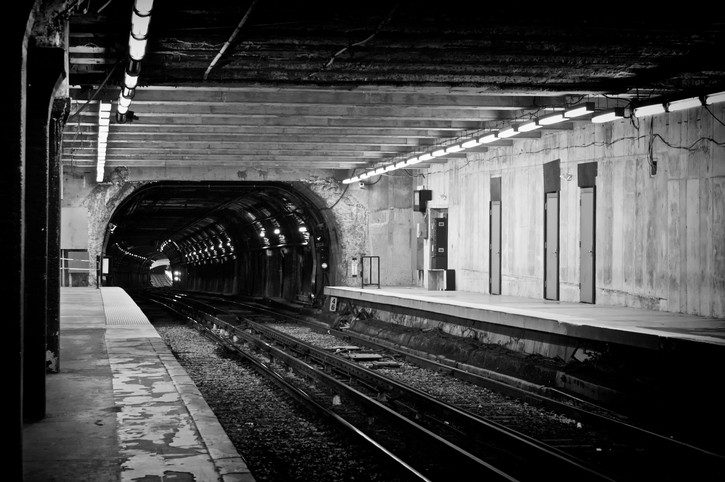
Now a National Historic Landmark, it won’t cost you an arm and a leg to experience, unlike many other Boston attractions. Just make sure to thank the conductor on your way out.
 Travel blog
Travel blog


